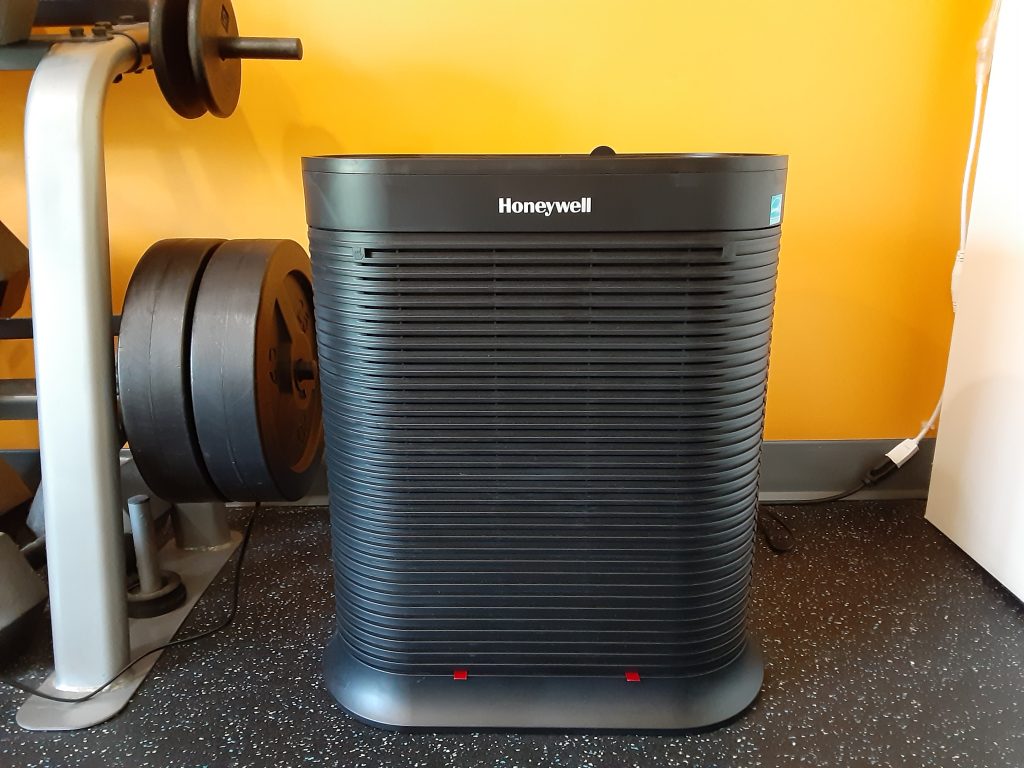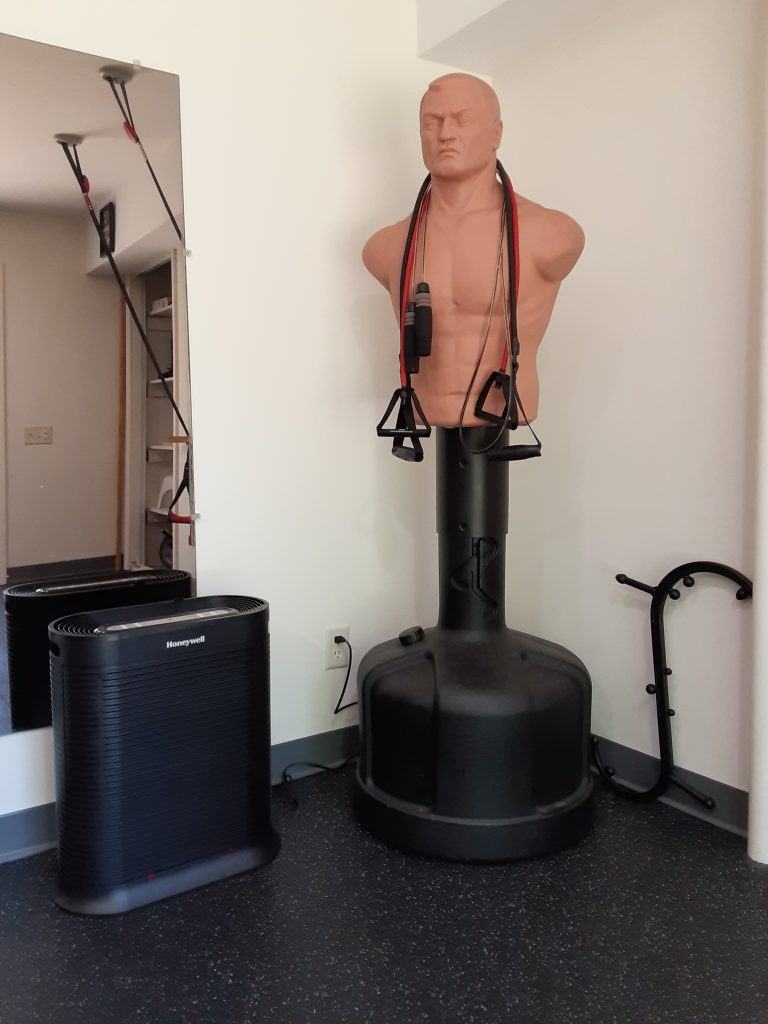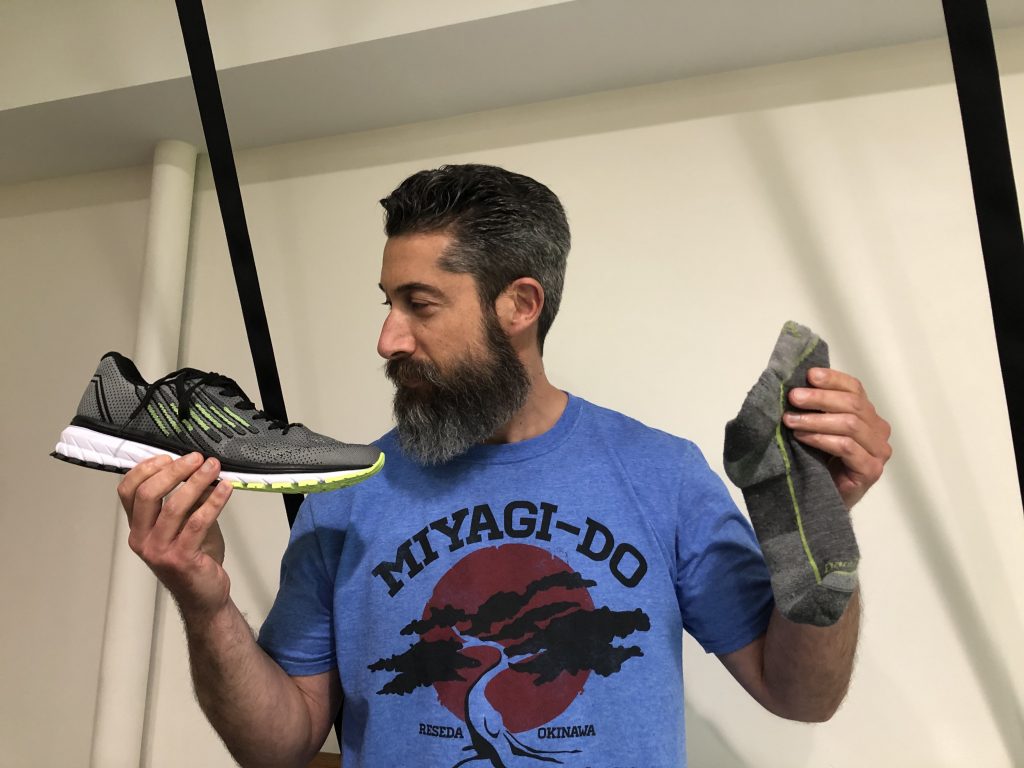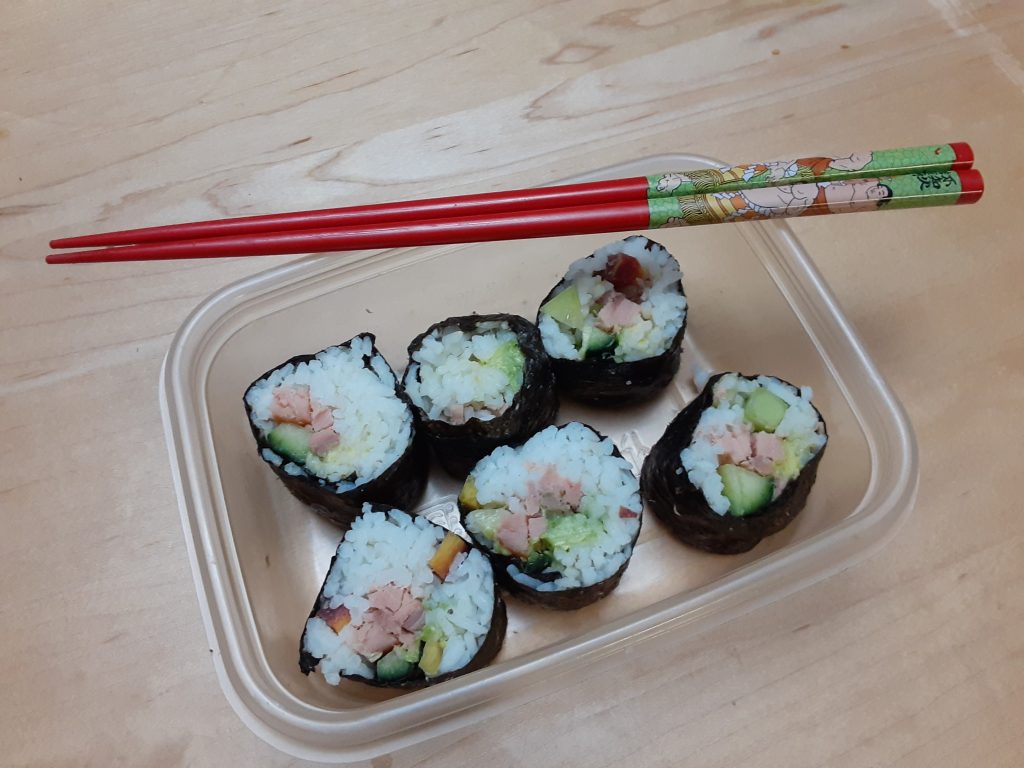7 Unique Tips to Lose Weight Fast and Keep it Off
Have you made the decision to reach your goal weight but aren’t sure how to make it happen? Then watch my video and learn 7 safe and effective nutrition tips that you can start doing today to help you lose weight fast and keep it off.




